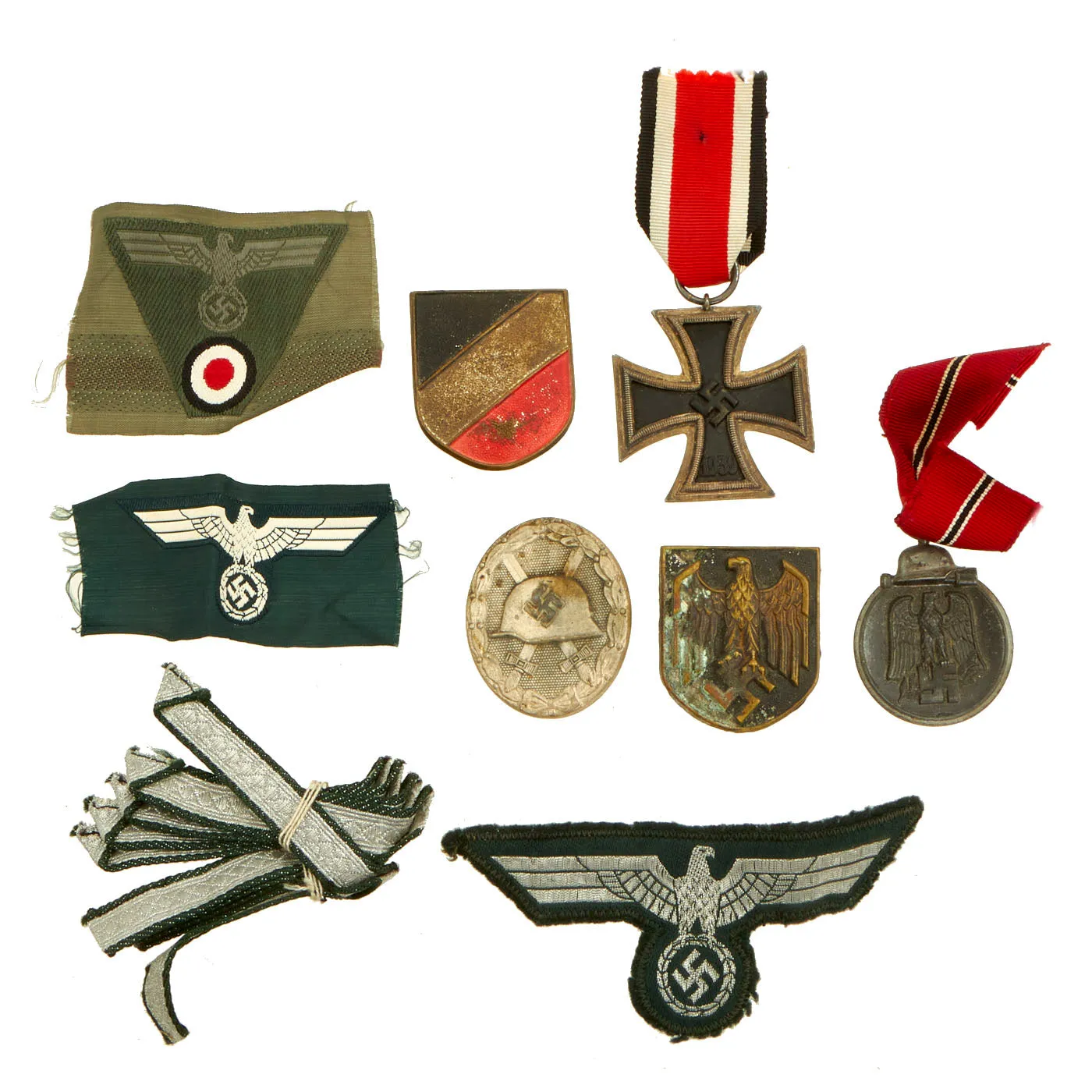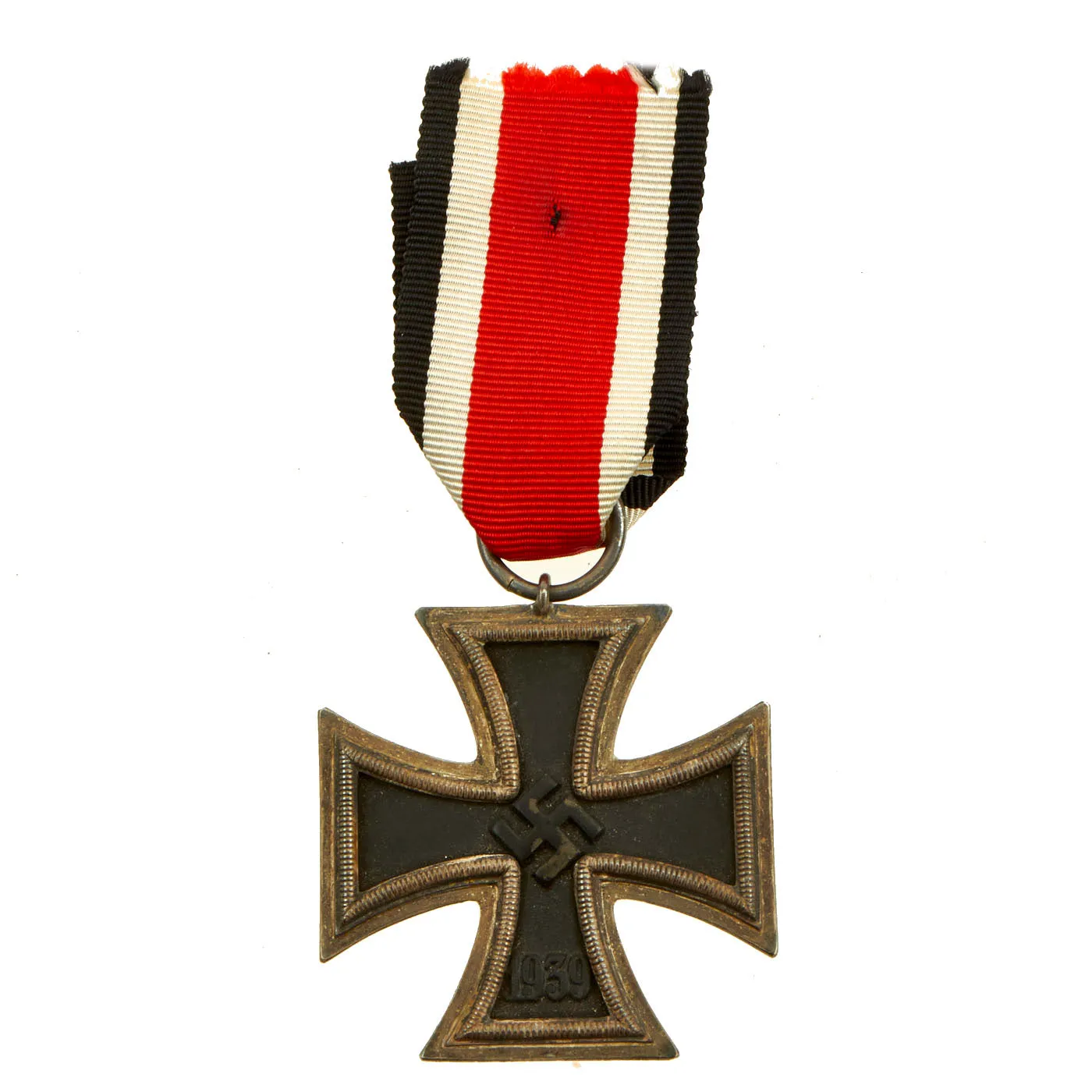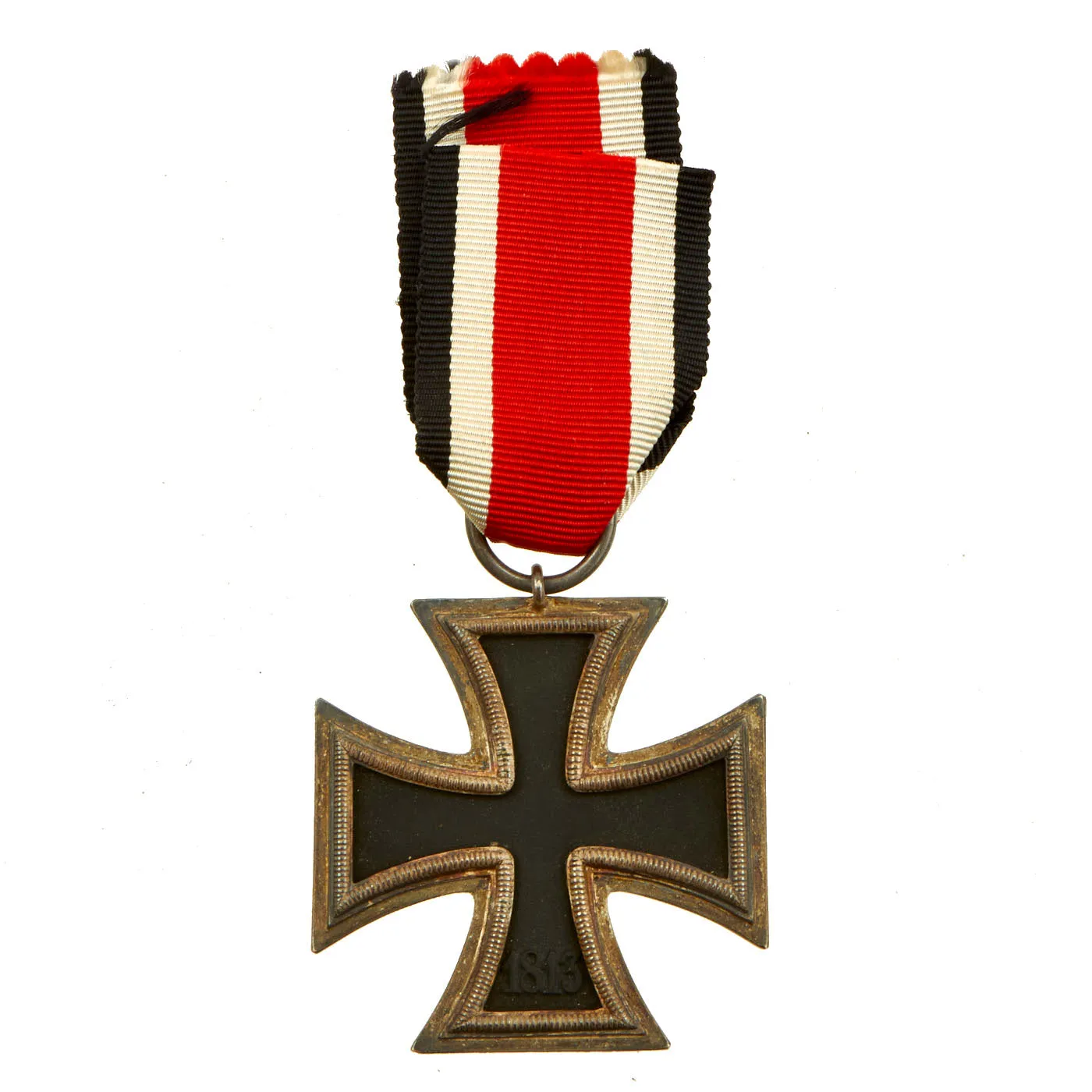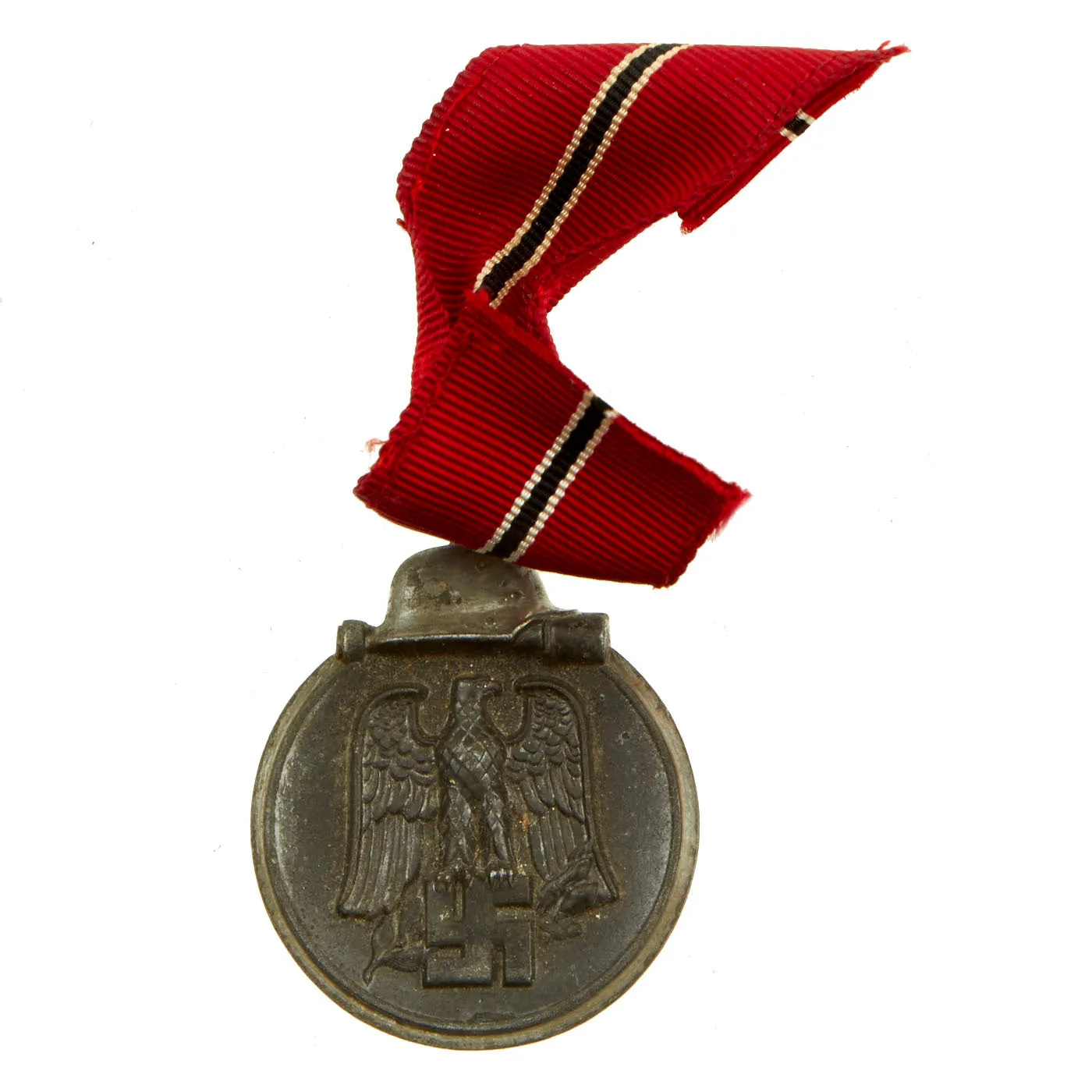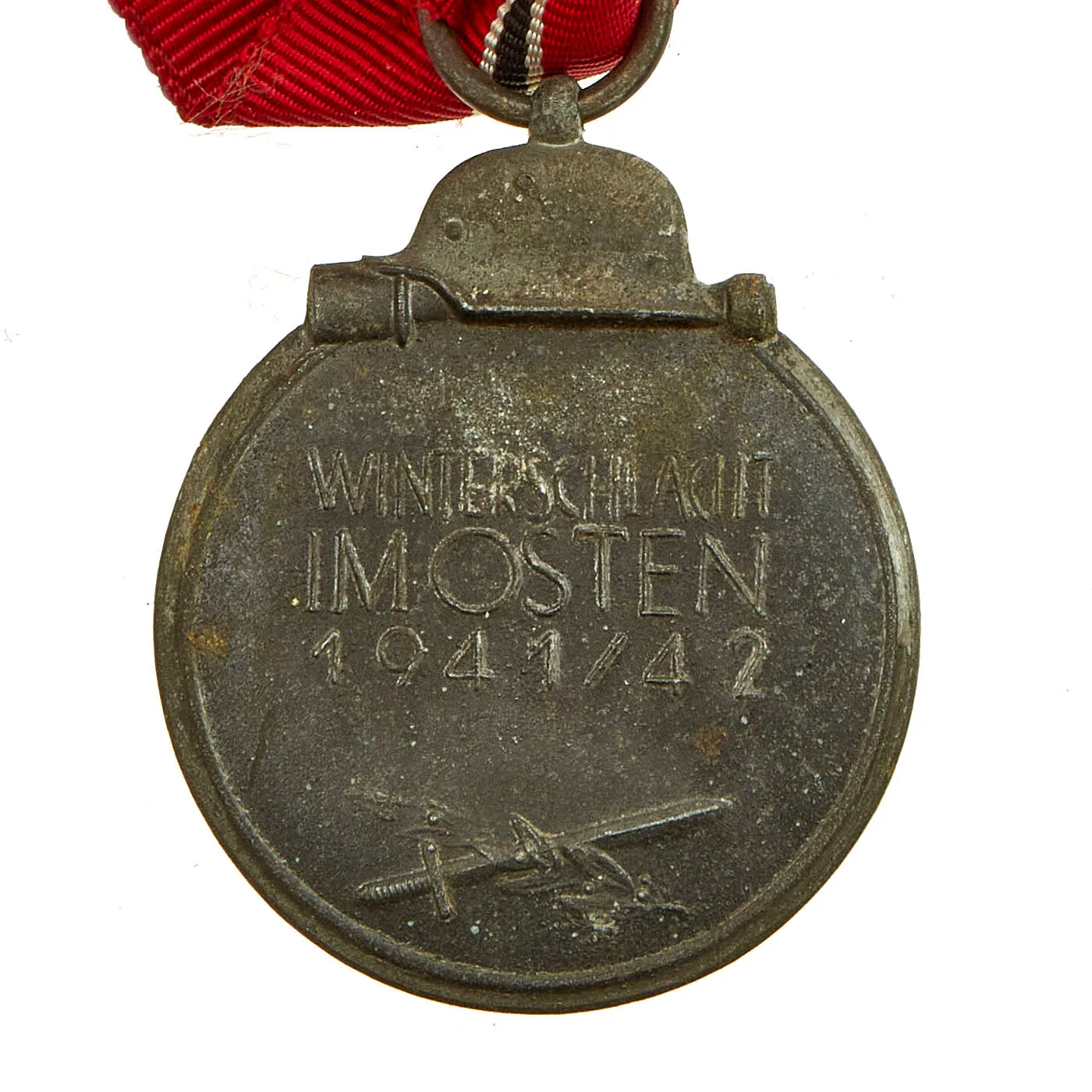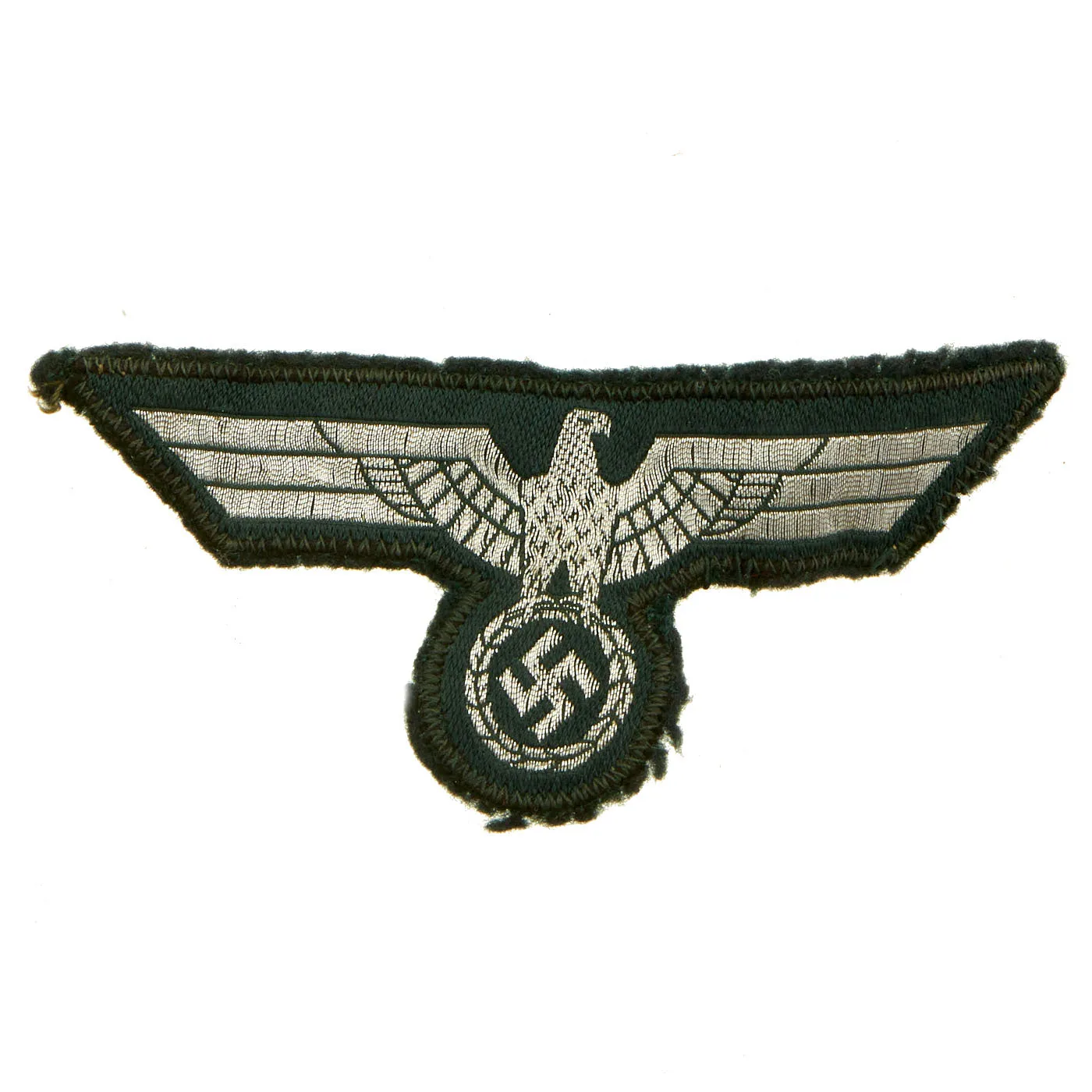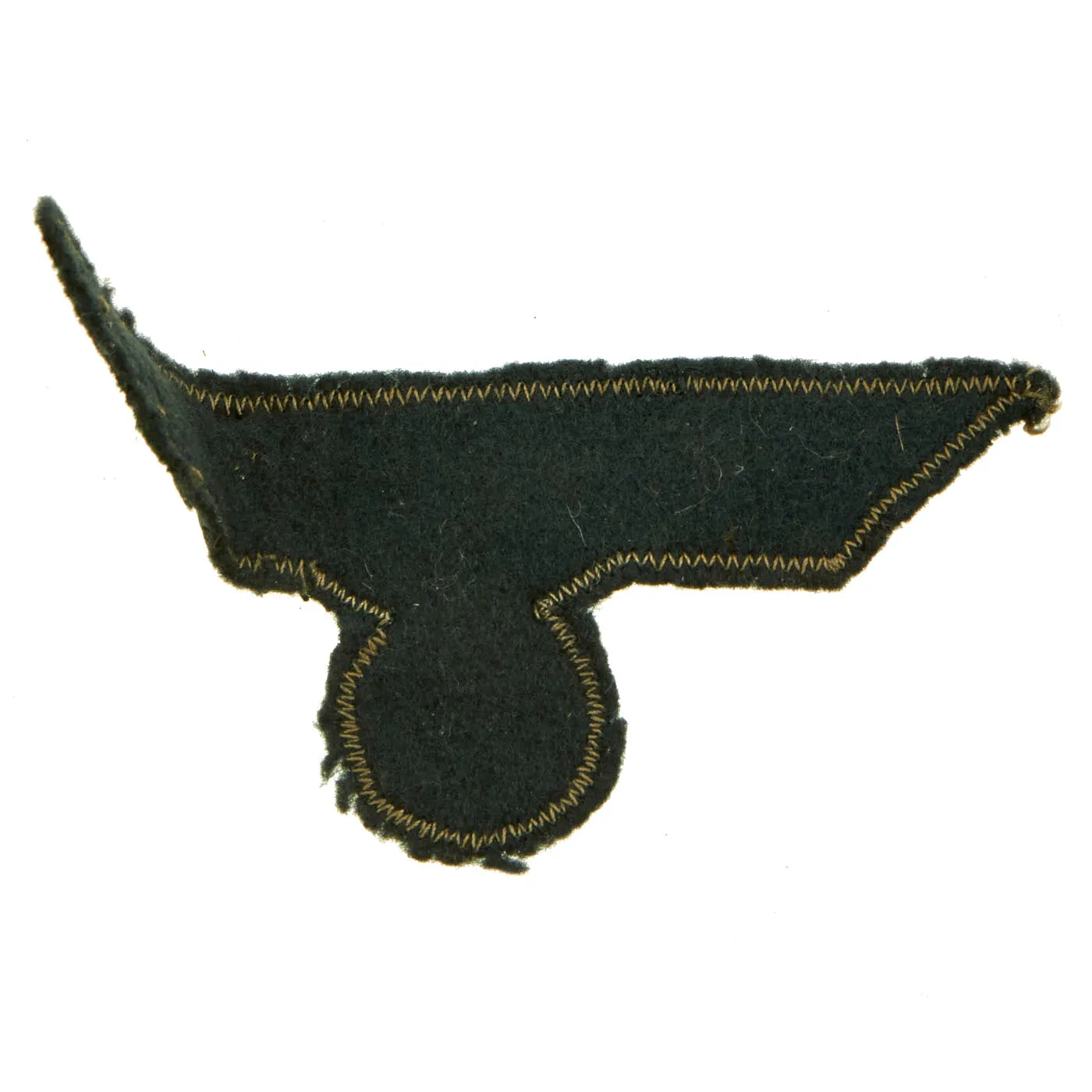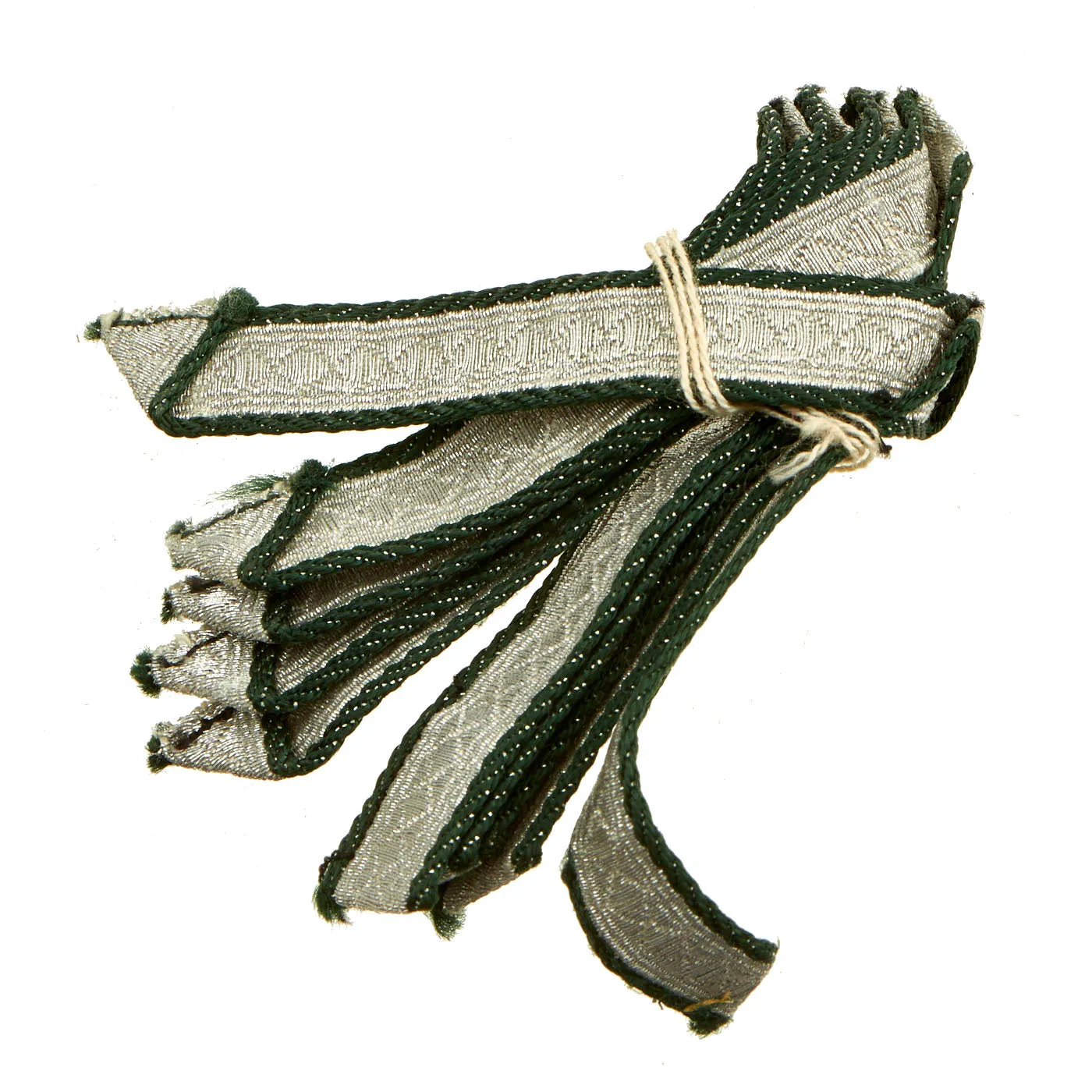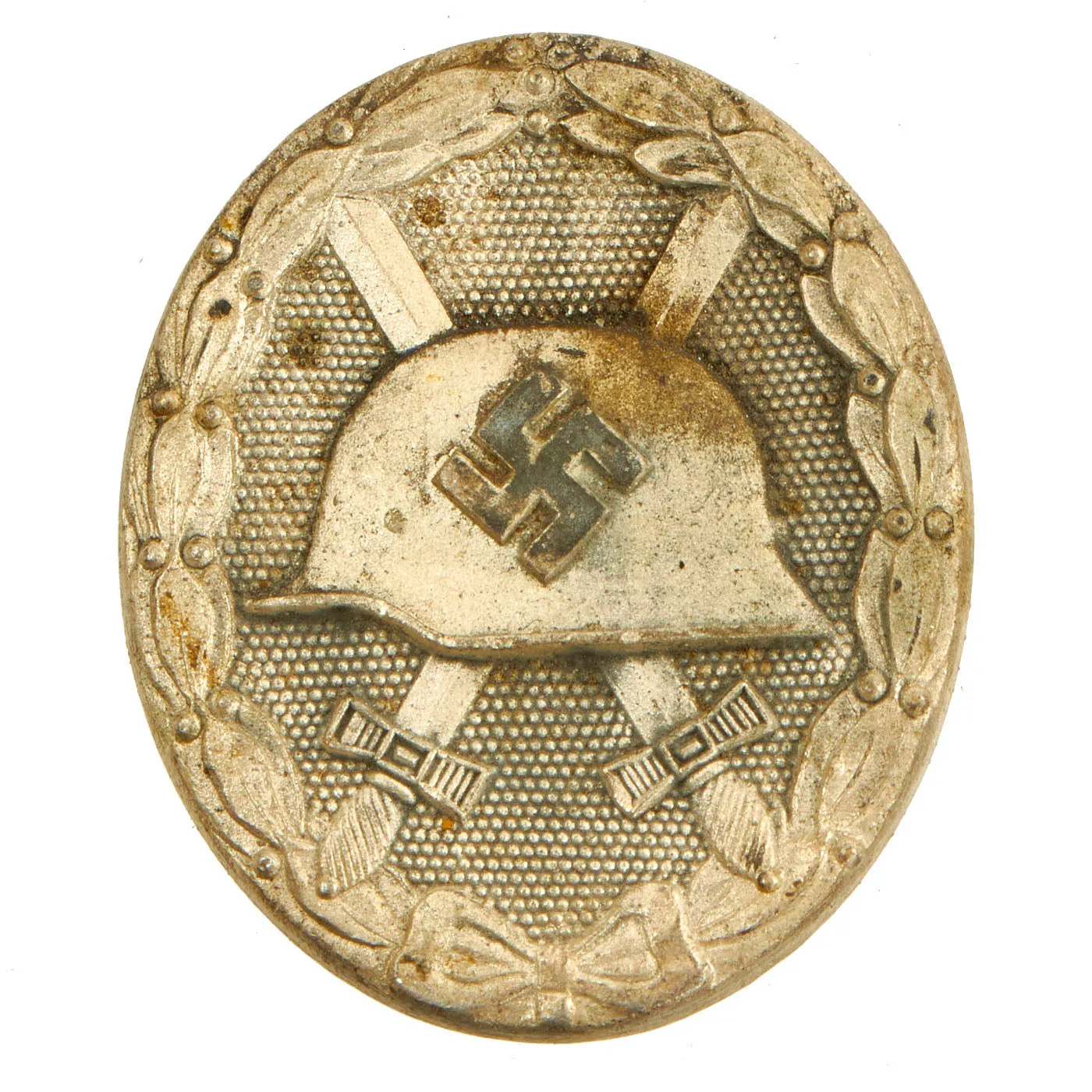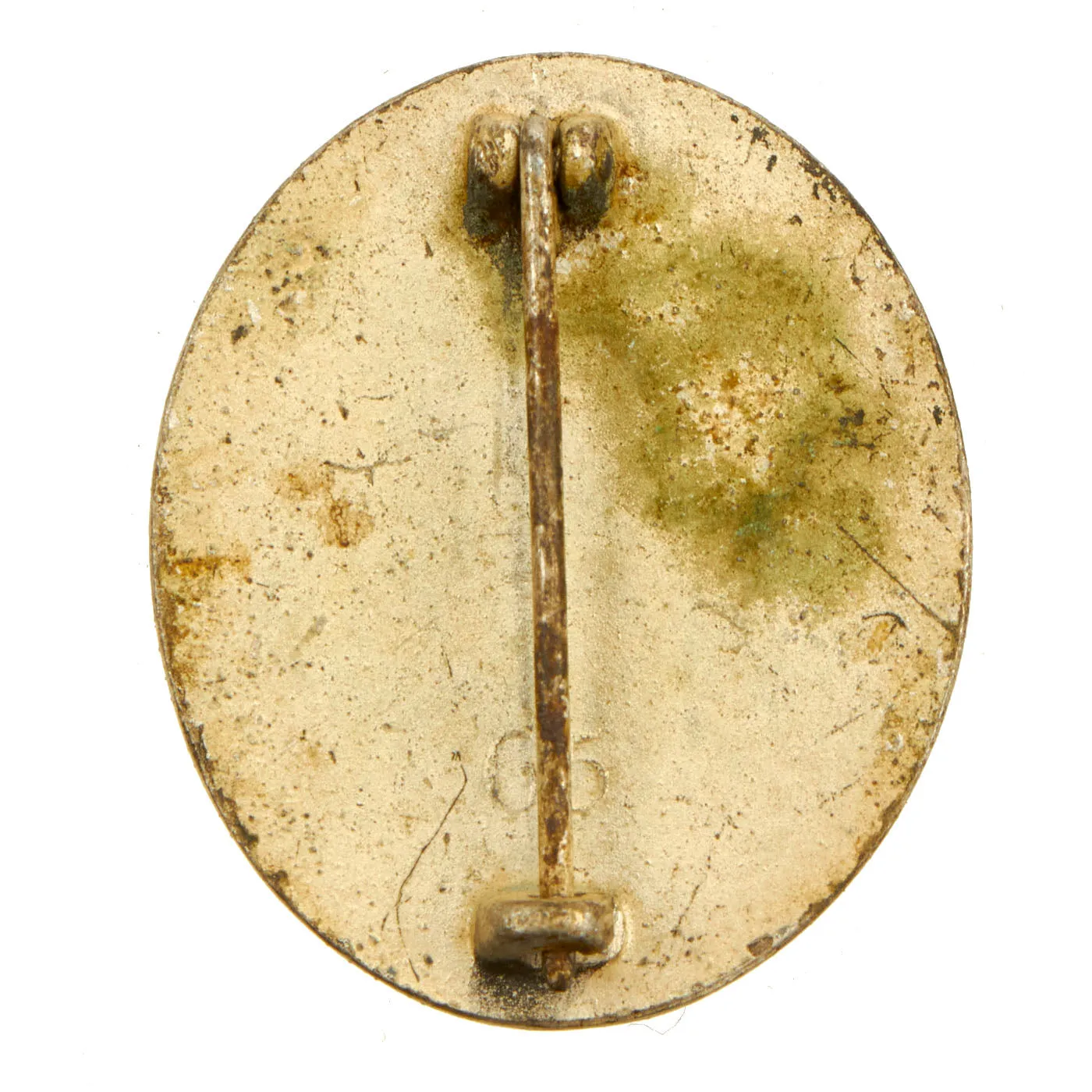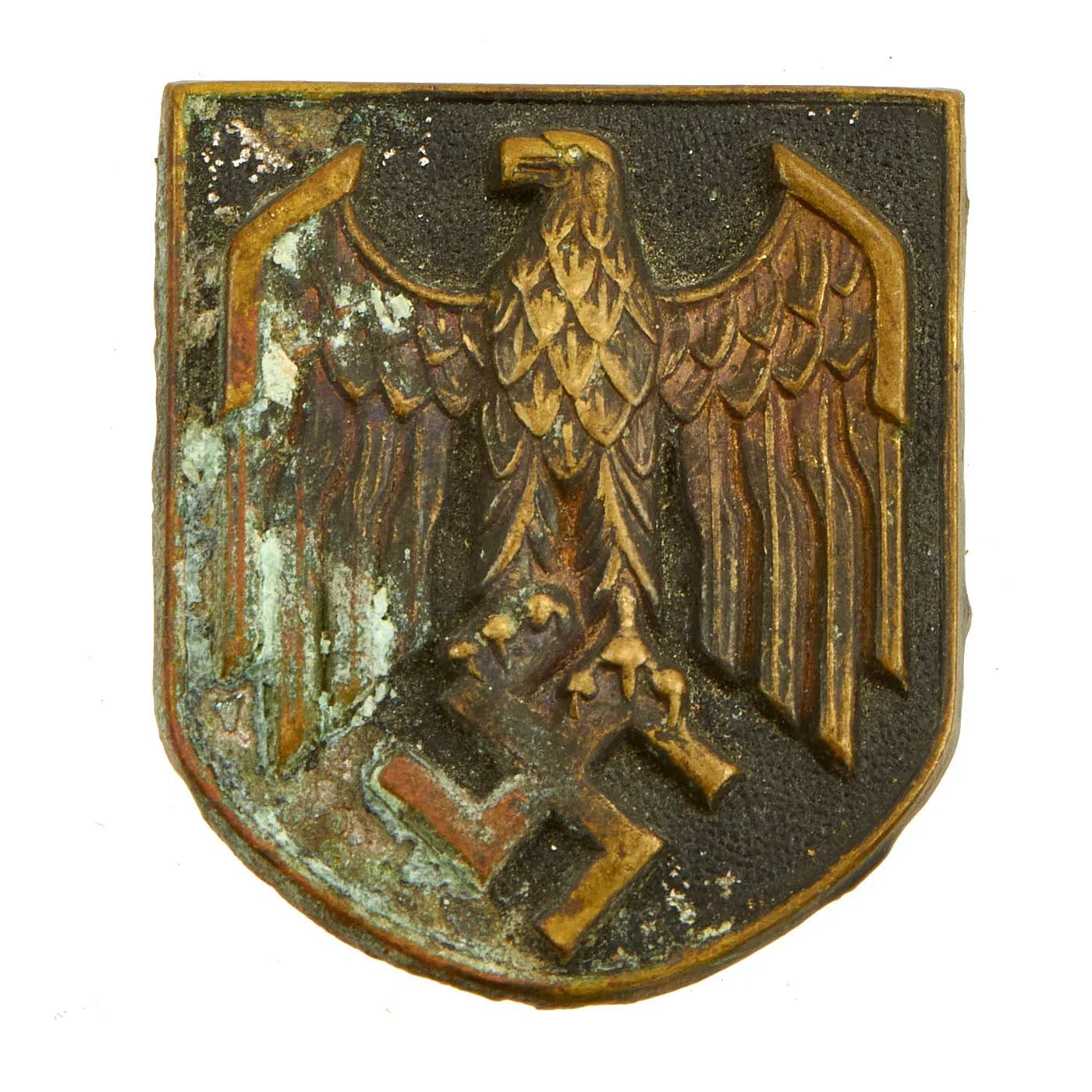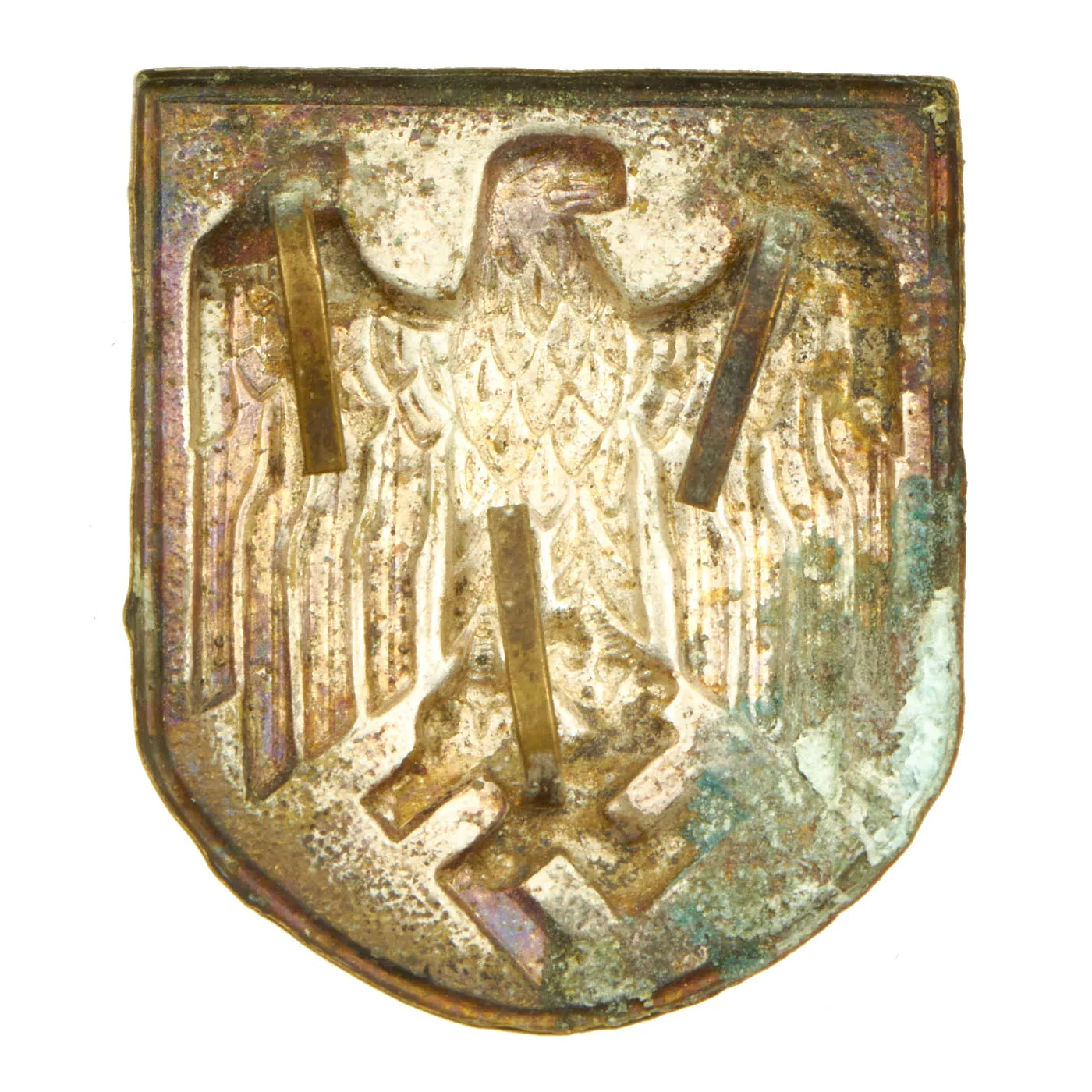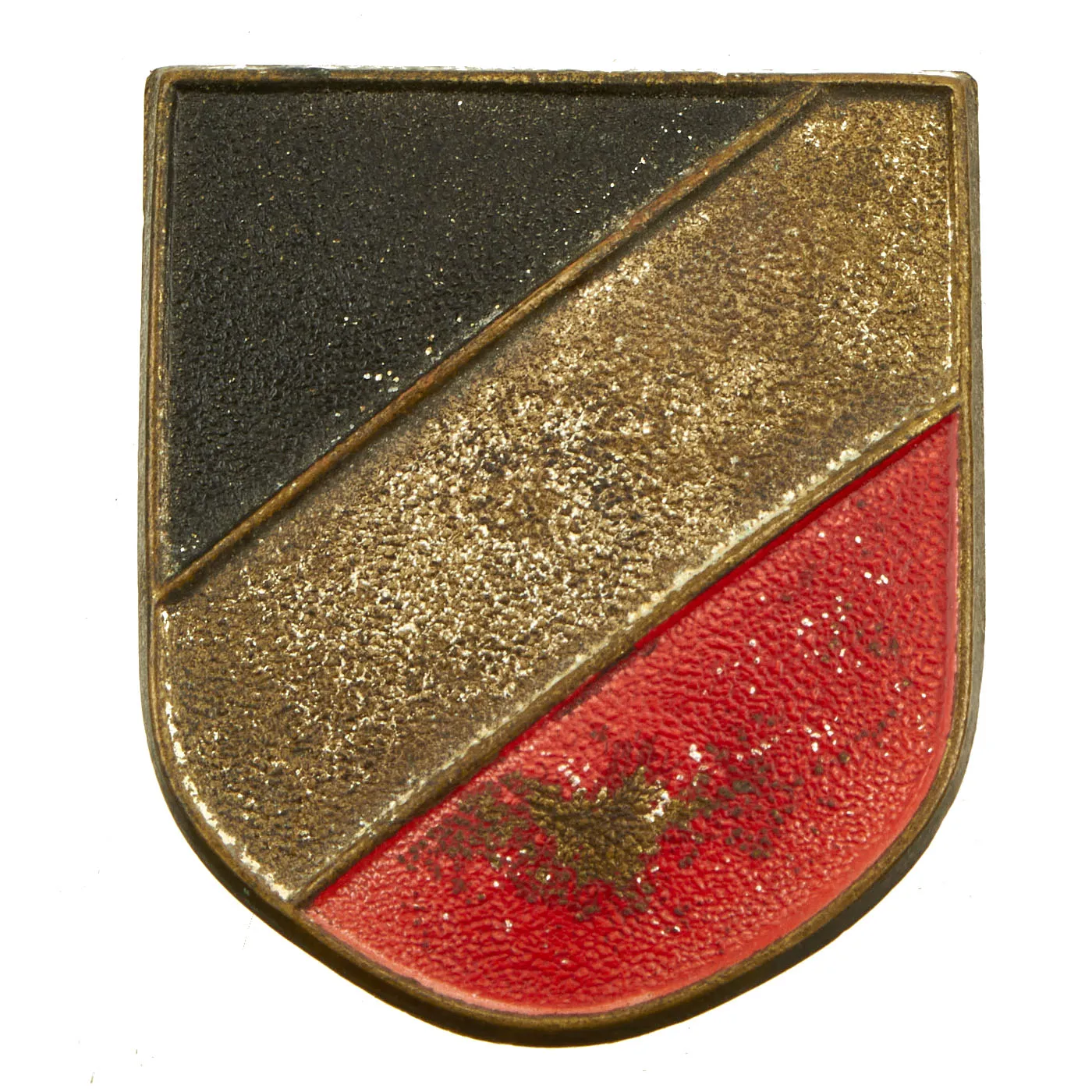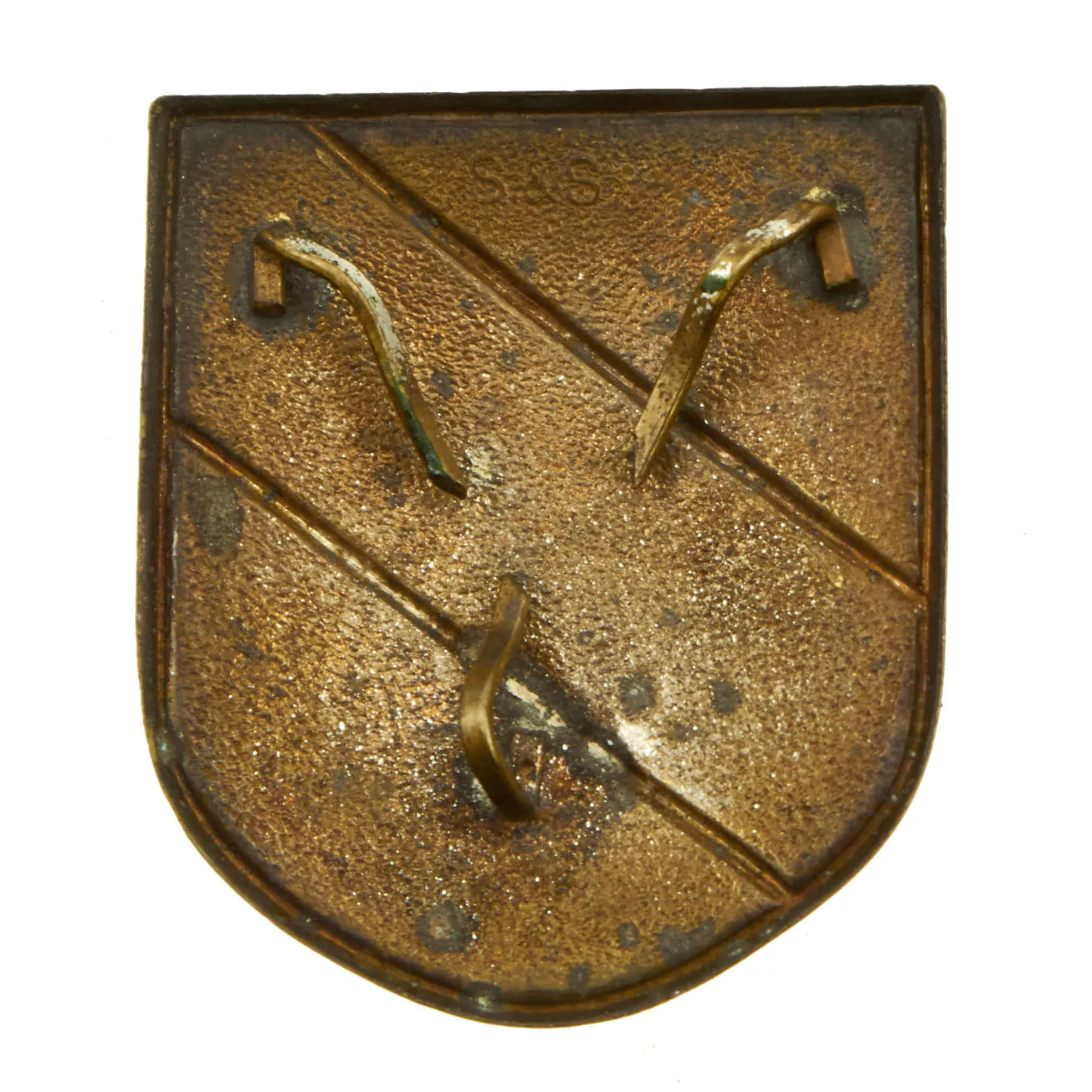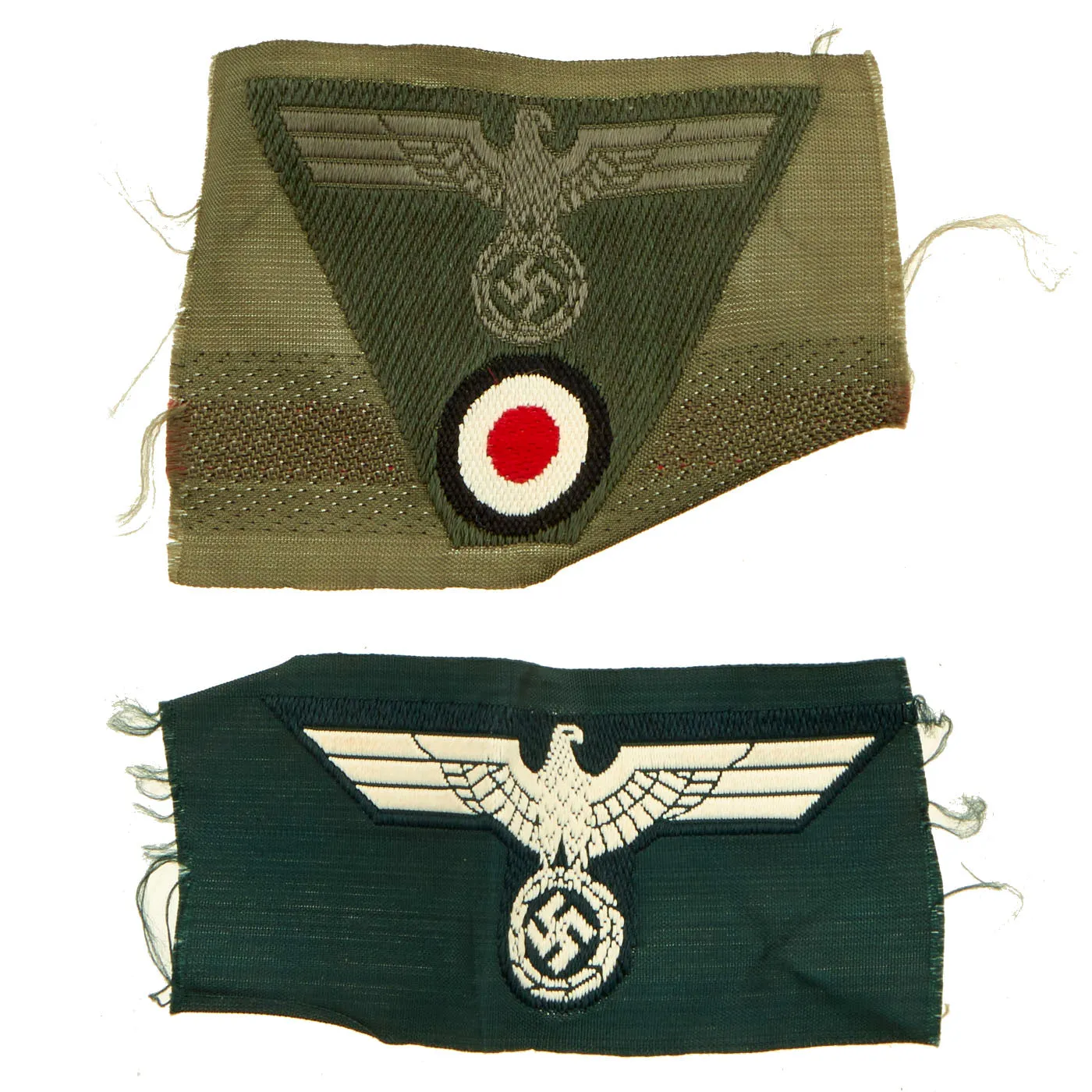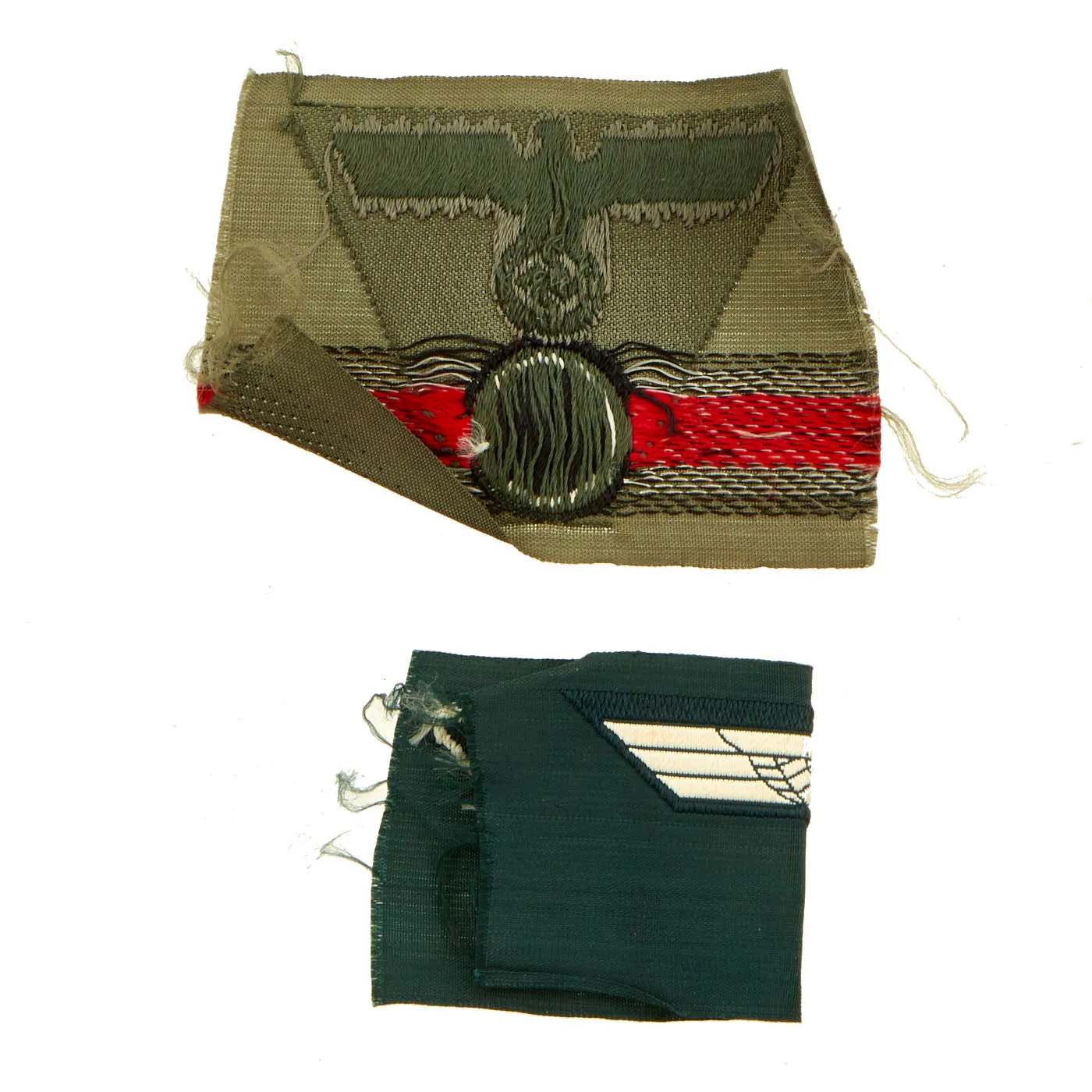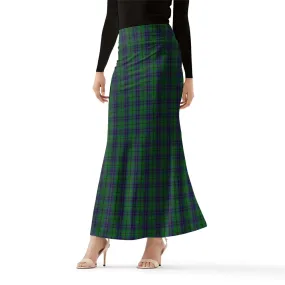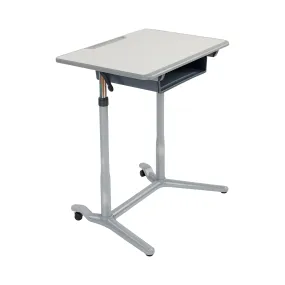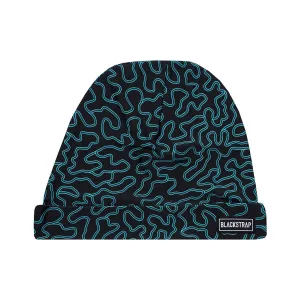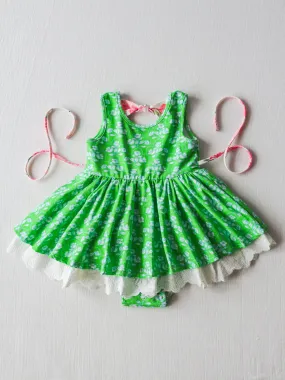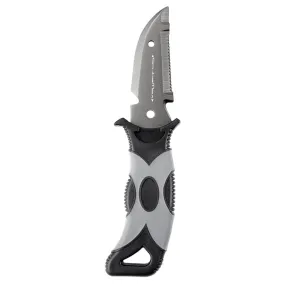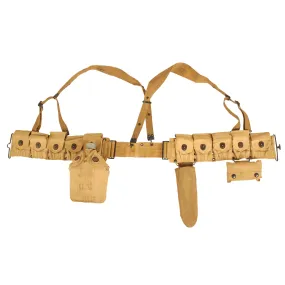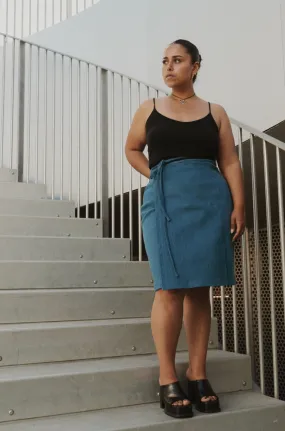Original Items: Only One Lot of 9 Available. This is a wonderful opportunity, especially for the new collectors out there wanting to add a beautiful assortment of items to their collection. Whether you are wanting to get into collecting or just add to already existing collections, you do not want to miss out on this lot.
The Items Featured In This Lot:
- 1939 Iron Cross 2nd Class (EK2) With Ribbon: This is a lovely condition medal with signs of wear. The silvered edges have a beautiful patina to them with minor crazing and oxidation to the black painted center. The inner section is loose on the frame. A wonderful example!
- Eastern Front Medal (Ostmedaille): The medal shows signs of minor wear and has minor surface oxidation and build-up. The ribbon is slightly stained and fraying but overall condition is nice.
- Silver Wound Badge by Klein & Quenzer A.G of Idar-Oberstein: A fine maker marked silver wound badge by Klein & Quenzer A.G of Idar-Oberstein. The badge itself is constructed out of a die struck, zinc-alloy base that has been silver washed. The oval badge depicts an embossed profile of a mobile swas, above an M35 pattern helmet, which is above two crossed broadswords. This then lies on a pebbled field and is surrounded by a laurel leaf and berry wreath which is tied together at the bottom with a bow tie. The reverse features a solid back and is maker marked with LDO-number 65 (Klein & Quenzer A.G of Idar-Oberstein) under the pin catch. The steel pin, cast hinge and cast catch are all intact and in well-working condition. The silver wash on this example is quite good, with about 50% of the front intact. Most of these badges over time completely lose the wash and turn gray. The badge measures 1.75 inches high by 1.5 inches wide. Overall this is a very good example.
- Afrika Korps Pith Helmet Badges (2): This is a lovely pair of a Heer Army and National Colors shields as seen on the ever so popular sun helmets worn by the German Afrika Korps of WWII. The shields retain much of their original colors, but they do have minor paint loss. The Heer eagle shield has some verdigris and build up on the left side. The details are silvery clear.
- Unissued Wehrmacht Breast Eagle: Bottleneck green felt background with a lovely silver flat wire eagle.
- Unissued Wehrmacht Cap Eagle: Uncut example but there is a wing tip missing from when this piece was cut from the factory sheet.
- Heer Army Wehrmacht BeVO Wehrmacht Adler Trapezoid Eagle and Cockade Patch: In unissued condition. Correct gray thread with a green background.
- (5) Unissued Heer Army Gefreiter Chevrons: 5 individual and unused Gefreiter chevrons.
All lovely examples that come ready to display!
The Wound Badge (German: Verwundetenabzeichen) was a military decoration first promulgated by Wilhelm II, German Emperor on 3 March 1918, which was awarded to wounded or frostbitten soldiers of the Imperial German Army, during World War I. Between the world wars, it was awarded to members of the German armed forces who fought on the Nationalist side of the Spanish Civil War, 1938–39, and received combat related wounds. It was awarded to members in the Reichswehr, the Wehrmacht, SS and the auxiliary service organizations during the Second World War. After March 1943, due to the increasing number of Allied bombings, it was also awarded to wounded civilians in air raids. It was awarded when the wound was the result of enemy hostile action, with an exception being for frostbite.
The badge had three classes:
- Black (3rd class, representing Iron), for those wounded once or twice by hostile action (including air raids).
- Silver (2nd class) for being wounded three or four times.
- Gold (1st class, which could be awarded posthumously) for five or more times wounded.
The "progression" could be waived in the event of loss of a limb or eyesight; when such a severe wound occurred, the silver badge was awarded.
Badges were made of pressed steel, brass and zinc. All versions of the Wound Badge were worn on the lower left breast of the uniform or tunic. The badge was worn below all other awards on the left. It ranked lower than combat badges. There were 24 approved manufacturers of the Wound Badge. At first, the Wound Badge in Black was stamped from sheet brass, painted semi-matte black with a hollow reverse pin back attachment or of solid construction. From 1942, steel was used to make the badges.
The Wound Badge in silver was made (before 1942) from silver-plated brass, and (after 1942) from lacquered zinc, and had a solid reverse with either a needle pin or a broad flat pin bar. The Wound Badge in Gold was a gilded version of the Wound Badge in Silver. In 1957, a revised version of the Wound Badge was authorized for wear; however, the previous type could still be worn if the swas were removed (for example by grinding).

